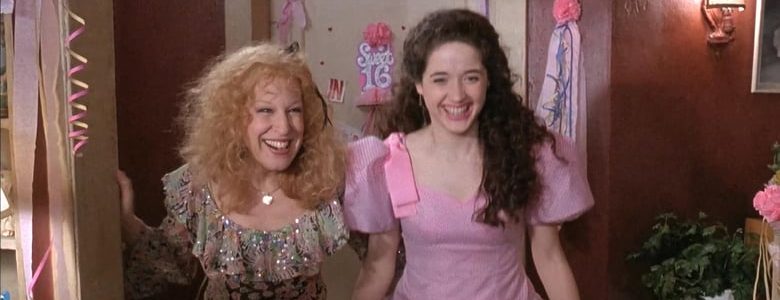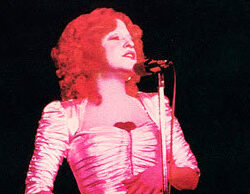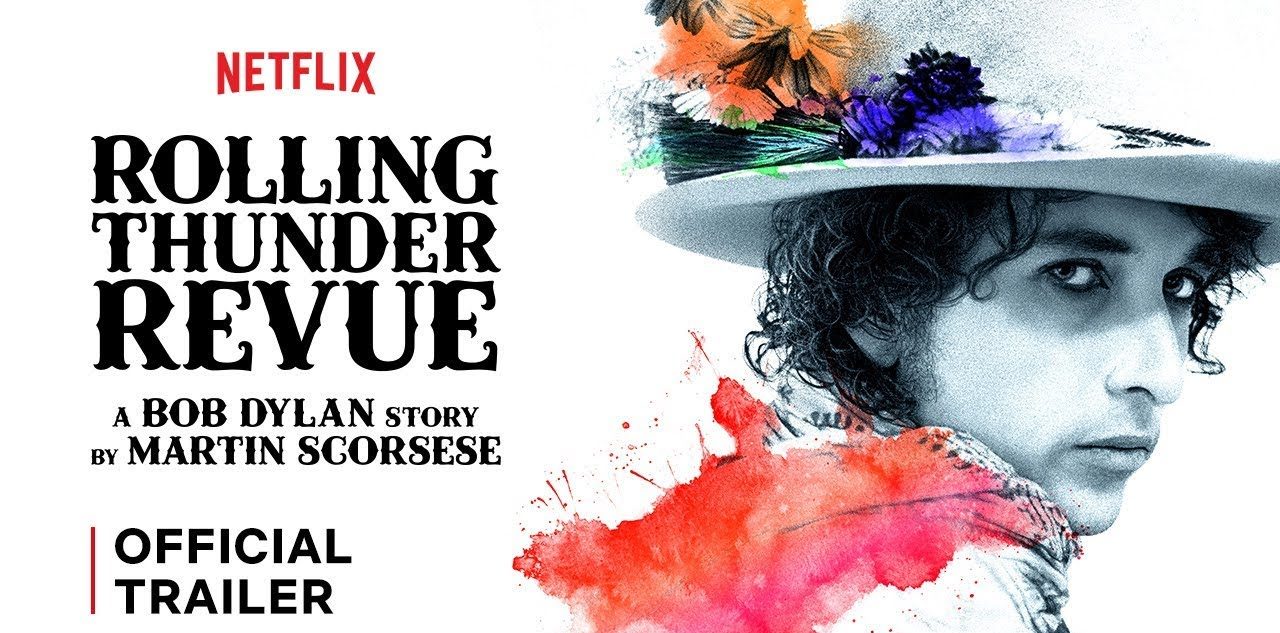Far Out
10 strangest Bob Dylan collaborations
Tim Coffman
SUN 8TH OCT 2023

Only a handful of artists can hope to have the same resume that Bob Dylan has accumulated. Throughout his work as a folk rock visionary and one of the greatest political voices, Dylan has been the author of the most fantastic melodies of early rock and roll. Then again, Dylan has accumulated some of his strangest songs from working with others like The Traveling Wilburys and the Grateful Dead.
While an artist like Dylan doesn’t need a ghostwriter, working with others has helped keep his sound fresh throughout the years. Even though the musicians behind him may have worked well for the moment, coming out with different variations on his traditional style has made for musical magic and a few head-scratching moments depending on which era he found himself in.
Even though Dylan has had more than his fair share of strange moments in his solo career, the weirdest moments are when he’s adding things to other people’s tracks. While he may not have been known for playing nice with other musicians all the time, the amount of soul he can channel when writing for other people always shines through the track, still hearing his sardonic side.
Despite his vast songbook that has delighted fans for decades, every artist deserves a chance to spread out, and these are a few examples of Dylan testing the boundaries of what he is capable of. Rock and roll has always been about taking chances, and who says that the premiere voice of the 1960s couldn’t have a little fun now and again?
Bob Dylan’s strangest collaborations:
- ‘Love Rescue Me’ – U2
It should come as no surprise that any member of U2 is a fan of Bob Dylan. Given their track record for political material, Bono probably couldn’t have written something as pointed as ‘Sunday Bloody Sunday’ had Dylan not opened that door for him. As U2 ascended to rock god-hood in the late 1980s, it took a little nod from Dylan to give them an extra nudge.
Although most of U2 have had mixed feelings about the record Rattle and Hum, in retrospect, ‘Love Rescue Me’ is a beautiful piece of prose written by Dylan, talking about the destructive and healing power that comes with love. While U2 may have tried to shun their earnest persona in the 1990s by slapping on a healthy dose of post-modern irony, they have never sounded more sincere when reciting Dylan’s poetry.
- ‘Midnight Special’ – Harry Belafonte
Long before he became the Bob Dylan we know today, Mr. Zimmerman was still making ends meet wherever he could as a working musician. From different folk singers to political jams, Dylan wasn’t shy about collaborating on whatever song he believed in. Everyone needs to pay the bills, though, and one of Dylan’s first-ever credits came from the calypso world.
Around the same time he was cramping together money for his debut album, Dylan would guest on Harry Belafonte’s record, contributing harmonica to the song ‘Midnight Special’. While this was left field then, it makes a lot of sense considering where Dylan came from. ‘Midnight Special’ had already been known as a bluesy staple, so why put some of that bluesy fire into Belafonte’s version? Belafonte may have treated this song as just another line of covers in his discography, but Dylan’s harmonica reminded everyone that blues is felt in the soul before anything else.
- ‘Waiting for the Morning Light’ – Gene Simmons
Looking at Gene Simmons’ approach to lyric writing compared to Bob Dylan’s tends to feel like a backward evolution chart. Although Dylan may have been writing brilliant pieces of prose dissecting the nature of man, ‘The Demon’ behind Kiss had nothing else on his mind except sex, rock and roll, and more sex. While Dylan may not have had the best judgment in working with Simmons, ‘Waiting for the Morning Light’ is far better than it has any right to be.
While the lines are still being croaked out in Simmons’s trademark rasp, the idea of waiting for the dawn to carry on his wild lifestyle is far more inventive wordplay than what would turn up on any Kiss record. Though most of Simmons’s solo work is best ignored entirely, it’s clear when Dylan picked up the pen, making more philosophical statements compared to the apparent sing-song nature of Simmons’s lines about saying hello but meaning goodbye. If anything, Dylan should be applauded for pulling off an impossible feat: making a Gene Simmons solo hit seem tolerable.
- ‘Buckets of Rain’ – Bette Midler
Every Dylan song feels like fans are getting a peek into his personal life. Though he was never keen to disclose too much in interviews during his prime, albums like Blood on the Tracks are a bitter look at the ending of his failed marriage, with him spending most of the album trying to pick up the pieces of his broken heart. Although ‘Buckets of Rain’ had a bit more bombast than the rest, no one could have predicted Dylan handing the song over to one of the queens of Hollywood.
However, Dylan’s parts on Bette Midler’s take on ‘Buckets of Rain’ are much more bombastic than he had on the original. Since it came at the end of the album initially, Dylan sounded frail and wounded from the journey, compared to Midler’s take, where she sings from the other perspective of the failed relationship. Even though few lyrics have been changed, the song takes on a completely different meaning, almost like watching a couple sing their sorrow to each other from opposite sides of the world.
- First Blues – Allen Ginsberg
Many artists would consider Dylan a poet first and a rock musician second. Even though he had a guitar in his hand, Dylan was more prolific with his pen than anything else, going on long, rambling sections, each containing subtle hints of brilliance across albums like Blonde on Blonde. While Dylan never claimed to be the greatest in his field by any means, he did help assist one of his contemporaries when getting their album off the ground.
Though primarily known for his poetry, Dylan contributed guitar to Allen Ginsberg’s album First Blues, recorded around the same time that Ginsberg appeared in the now-legendary video for ‘Subterranean Homesick Blues’. Though Dylan only plays chords, this is a good indicator of his rhythm guitar playing, following the lyrics to tell a story through his playing. Since Dylan has been known as the almighty lyricist for so many years, this is a good indication of how adept he is as a phenomenal musician. Regardless of the lyrics, Dylan knew how to serve the song better than anyone.
- ‘Steel Bars’ – Michael Bolton
For a good portion of rock fans, Michael Bolton is why the 1980s concaved in on itself. While Bolton may have had the voice that could win the hearts of housewives worldwide, his delivery’s showiness was enough to turn off even the purest fans of pop-rock. Right in the middle of his prime, though, Bolton tapped Dylan for work on the song ‘Steel Bars’.
Painting a grim picture of a romance at its most dysfunctional, Bolton turns over every word of this song in his throat, treating Dylan’s poetry with reverence and never going too over the top. Although Dylan has never been known to be the most sympathetic in his love songs, the words could work easily as a bitter love letter, as he fawns over the emotional prison his lover has inflicted upon him. Dylan has been able to distil some of the most pressing problems of the modern age into simple words, but even after decades of experience, he confesses that love is still one of the hardest things to understand.
- ‘Street Rock’ – Kurtis Blow
From a purely lyrical perspective, Dylan always seemed to be not far away from the early stages of hip-hop. Although artists in the days of Sugarhill Gang were looking to put whatever rhymes together to get the beat going, some of Dylan’s rapid-fire dissertations throughout his career have been a good indicator of what rappers are doing today, as they try to inform their audience about their take on life. While Kurtis Blow was there at the dawn of hip-hop, having Dylan guest on ‘Street Rock’ is one of the more refreshing moments of Dylan’s later period.
Recorded after Blow had grown used to the medium, Dylan’s contributions to the song feel like a hip-hop take on his old story-driven songs. While there are distinct similarities in delivery and lyrical flow, hearing Blow talk about the trials and tribulations of Bill Black throughout the song isn’t too dissimilar from what Dylan was doing in the 1960s when talking about the likes of Mr Jones in ‘Ballad of a Thin Man’. Dylan may have still been considered a legend in the music world, but guesting on ‘Street Rock’ echoed the sentiment he would write about later: ‘Things Done Changed’.
- Dylan and the Dead – The Grateful Dead
Bob Dylan and the Grateful Dead tend to feel like kindred spirits. Although Jerry Garcia and Dylan have had their roots playing in the folk and bluegrass world, ‘The Dead’ did for jamming what Dylan did for the written word, expanding the palette for rockers to branch out into different mediums. Since both have been no strangers to the live stage, it was only natural to see them come together for a project.
While Dylan might not have the same type of chops that Garcia had on the guitar, his way of interpreting his songs through the band’s lens gave a refreshing take on the typical sounds he had become known for. Being midway through his born-again phase, hearing Dylan return to his roots on ‘Knockin’ on Heaven’s Door’ is particularly engaging, as if he’s pleading with his higher power for salvation from his earthly sins. The Grateful Dead and Dylan may have had their ups and downs when delivering onstage, but what turns up on Dylan and the Dead is two artists capturing a moment of pure inspiration on the live stage.
- ‘Margarita’ – The Travelling Wilburys
Compared to the rest of the songs on this list, The Traveling Wilburys feels like the least strange thing that Dylan has ever been a part of. After being a staple of the 1960s counterculture scene, seeing Dylan come together with a bunch of classic rock legends for an album of acoustic-leaning cuts feels like him practically earning a middle-aged pension. Then again, things took a turn for the weird when Dylan got ahold of one of the deep cuts on the album.
In the middle of the band’s first record, ‘Margarita’ comes on with a sequenced synthesiser part, with every member singing drone-like harmonies over the top. While Dylan shouldn’t be anywhere near such glossy production usually, his sections of the song feel like they come from a completely different recording section, switching the key to minor and practically barging in on the sections of the song. The rest of the Wilburys’ albums feel like a good time from back to front, but Dylan was going to make sure he got his moment for acoustic force, synthesisers be damned.
- ‘We Are the World’ – USA for Africa
No one would blame any of the artists involved with putting together ‘We Are the World’ for being too shallow. Given the number of people starving in third-world countries, it was only natural for artists to want to lend their talents to charity relief, with Michael Jackson and Lionel Richie among the first to bring everyone together. Although any artist brought their A-game, it is jarring seeing Bob Dylan amongst the list of living legends.
Since most artists who sang on the final track have experienced vocal training, Dylan’s weathered voice feels extremely odd, almost sounding like he’s croaking his way through the lyrics and trying his best to hold his own. The music video for the song isn’t much better, with Dylan looking like he’d rather be anywhere but singing among this choice of legends. While Dylan may not be the most comfortable person on camera or amongst his fellow rock stars, his role in ‘We Are the World’ still serves a purpose. Just like Dylan was rallying against injustice in the 1960s, he still has those ideals decades later when helping those in need.






